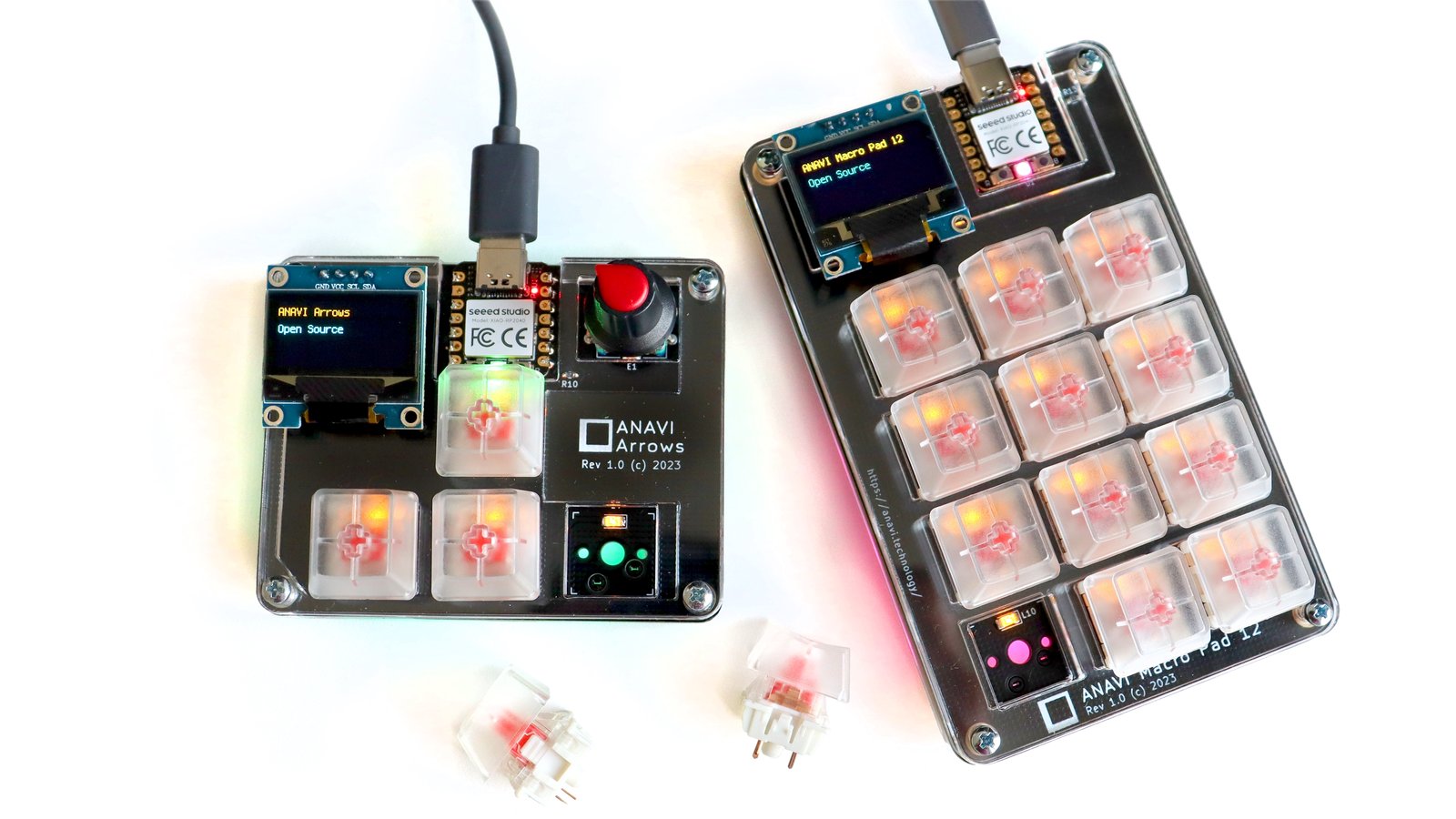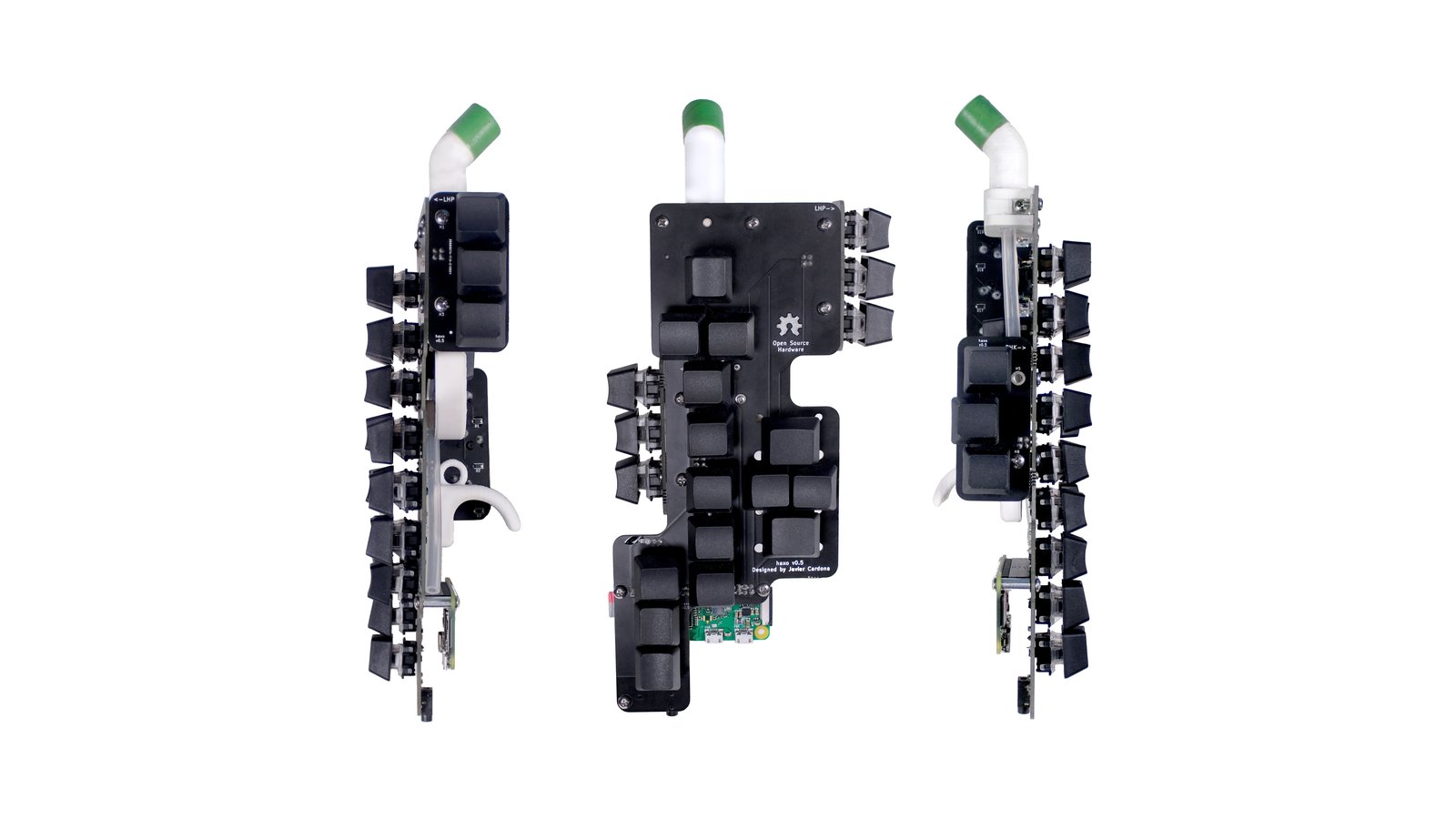Pipo Interfaces
Audio & Music
Keyboards & Input Devices
Pipo Interfaces
Audio & Music
Keyboards & Input Devices
Pipo is a collection of three modules aimed at enabling dynamic, live interaction with audiovisual and music software. They turn sensors into standard input devices—in seconds. Pipo supports MIDI, OSC, and USB HID protocols, ensuring compatibility with a wide range of computing platforms.
The Pipo ecosystem offers a versatile platform for exploring alternative inputs for everything from music to gaming. It provides a configurable open-source sensor solution with a simple browser-based interface. Whether you’re a beginner or a pro, you’ll find a reason to love Pipo—it gives superpowers to creatives and is a time-saving, feature-rich solution for makers.
Pipo modules are plug-and-play standalone boards that can be used independently or together, wired or wirelessly. Each module has been designed to excel in its specialty; the sensors have been carefully chosen, and dedicated processing will help you get the most out of the data.
They all share many core features: an onboard lithium battery charger, Wi-Fi and Bluetooth LE connectivity, a USB Type-C port, and practical mounting holes. Each module can be used as a native MIDI peripheral, send high-resolution data through OSC over a network, or send keystrokes or mouse movements.
Pipo’s secret sauce is its graphical, web-based user interface, which is hosted locally on each module. This interface allows you to adjust all your settings without requiring a separate application. By displaying live sensor readings, you can change settings on the fly, in the field, from any device you have on hand.
Based on a high-performance IMU, Pipo Motion allows you to trigger actions using its spatial orientation, acceleration, taps, or vibrations.
Pipo Range is measuring the exact distance to objects. It can sense hands (like a theremin) or detect bigger objects like walls, obstacles, or people up to a few meters away.
With its six analog and six touch-sensitive inputs, Pipo Analog is the Swiss army knife of the family. Using standard Grove-type connectors, any signal between 3.3 and 12 V can be used with your Pipo-based project, making it compatible with a long list of existing sensors made for Arduino.
The capacitive touch inputs let you create buttons using various common conductive materials or objects: wires, metallic tape, vegetables, conductive paint…or anything else you can imagine.
Because Pipo has multiple output modes, it is compatible with music software, video software, lighting software, and web browsers—its applications are only limited by your imagination. Here are a few examples where using Pipo could save the day:
Pipo removes technical barriers to expression and creativity. Say goodbye to making clunky Arduino prototypes—our sensor suite lets you be more ambitious and creative in record time.
Pipo is made possible thanks to open-source knowledge, and we want to contribute our project to the movement. The complete firmware, web front end, and schematics will be shared in our GitHub repository after the end of the campaign.
The firmware is developed with PlatformIO on the Arduino core to make it easy to contribute or branch. The front end is written in Svelte.
You can sign up at the top of this page to be notified when the campaign launches and to receive other updates. We only send out relevant content, and you can unsubscribe at any time.
"Three open source ESP32-powered modules enable seamless real-world interaction with digital creations."
"I am very fond of what Pipo does..."
CAN-V6 Creative Applications Network V6
"Pipo wants to unlock the creative potential of real-time sensing, and lower the technical barrier to it, by proposing tools that connect the physical world to the digital in a straightforward fashion."
"Pipo Interfaces [are] a new set of open source MIDI controllers that turn sensor data into wireless MIDI or OSC signals."

· pipointerfaces.com · pipo_interfaces
We develop open-source electronics for creative people, bridging the physical and digital worlds with sensors.

Two fully programmable, open source, no-solder, hot-swappable mechanical keyboards powered by Raspberry Pi & CircuitPython

Wireless, fully programmable, open source, ESP32 macropad featuring 16 RGB, mechanical, hot-swappable keys and two RGB rotary encoders

A hackable electronic saxophone with mechanical keys